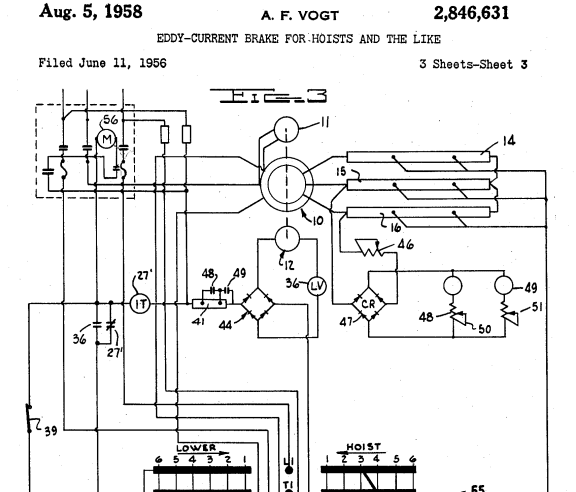CuriousElectron
Electrical
- Jun 24, 2017
- 191
Hello All,
I've got a scenario where a standby diesel generator would be powering an overhead crane. My concern is with reactive power flow between the genset and the crane motor. In scenario where the motor is plugged(breaking) would the power be flowing back into the generator and can be this powered be absorbed by the unit? There will be another loads connected to the generator, can some of this energy be absorbed by these loads? Should I expect the generator AVR system to be able to handle this energy transfer when the motor is in the three operating scenarios: forward, reverse and braking?
Thanks for your thoughts. The generator has a Y-connected winding, if that helps.
Thanks,
EE
I've got a scenario where a standby diesel generator would be powering an overhead crane. My concern is with reactive power flow between the genset and the crane motor. In scenario where the motor is plugged(breaking) would the power be flowing back into the generator and can be this powered be absorbed by the unit? There will be another loads connected to the generator, can some of this energy be absorbed by these loads? Should I expect the generator AVR system to be able to handle this energy transfer when the motor is in the three operating scenarios: forward, reverse and braking?
Thanks for your thoughts. The generator has a Y-connected winding, if that helps.
Thanks,
EE

